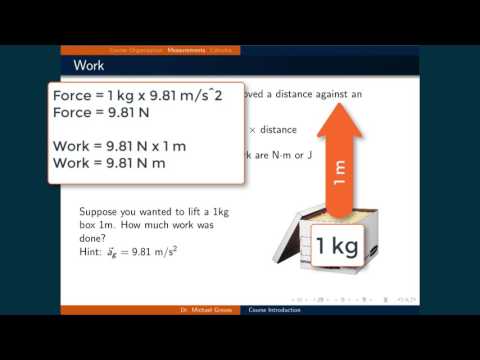Description:
Dive into a comprehensive 13-hour lecture series on physical chemistry, covering thermodynamics, statics, and kinetics. Explore fundamental concepts such as gas laws, internal energy, enthalpy, heat engines, entropy, free energies, phase diagrams, chemical potential, equilibrium, and reaction kinetics. Learn about the ideal gas law, Dalton's law, the First Law of Thermodynamics, Hess' Law, Carnot cycles, partition functions, Gibbs free energy, Raoult's law, colligative properties, Le Chatelier's principle, and the Arrhenius equation. Examine advanced topics including multi-step reactions, steady-state approximations, and enzyme kinetics. Gain practical problem-solving skills through numerous examples and applications in each lecture.

Physical Chemistry - Thermodynamics, Statics, and Kinetics
Add to list
#Science
#Chemistry
#Physics
#Thermodynamics
#Physical Chemistry
#Computer Science
#Information Theory
#Entropy
#Free Energies
#Equilibrium
#Kinetics
#Chemical Potential
#Ideal Gases